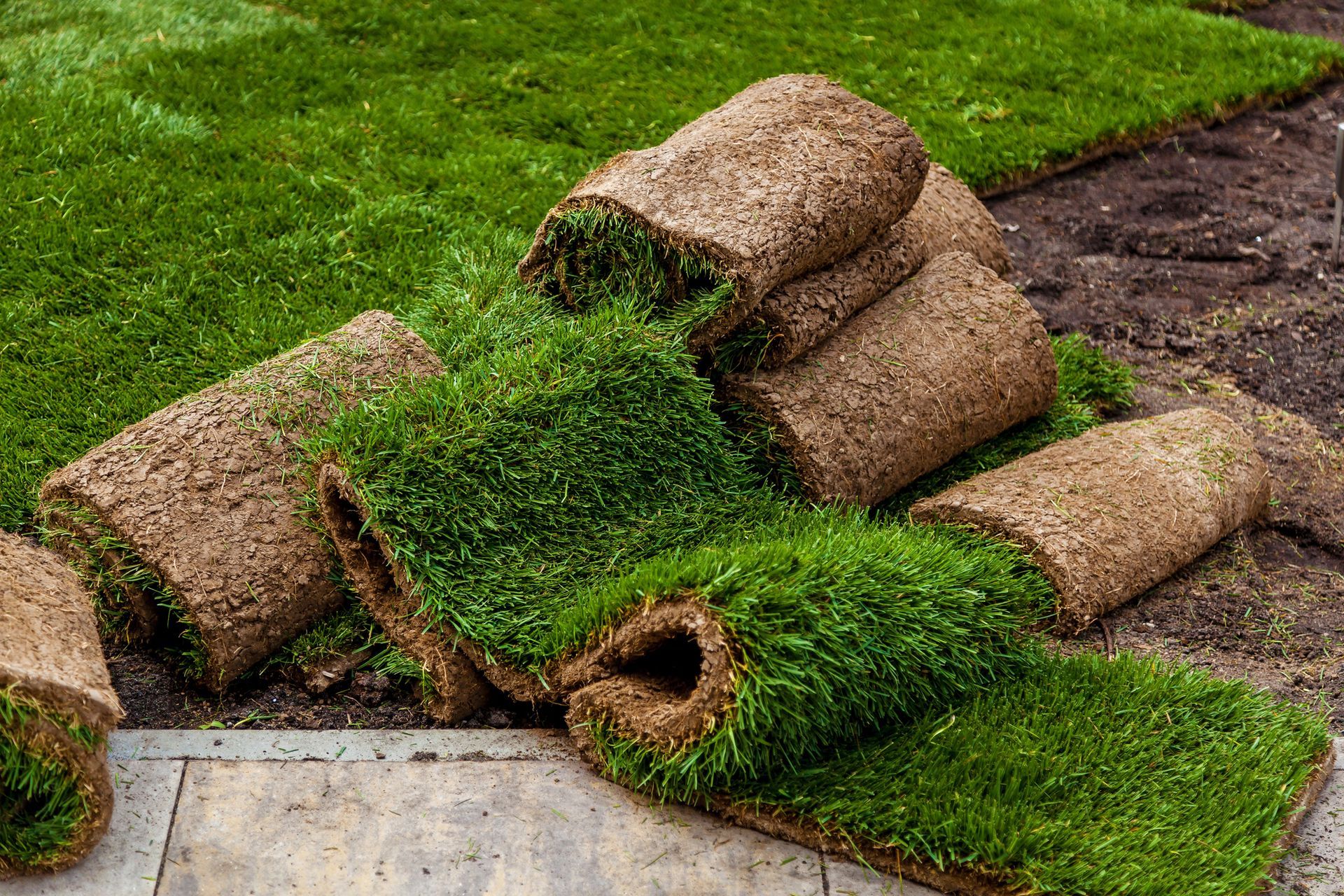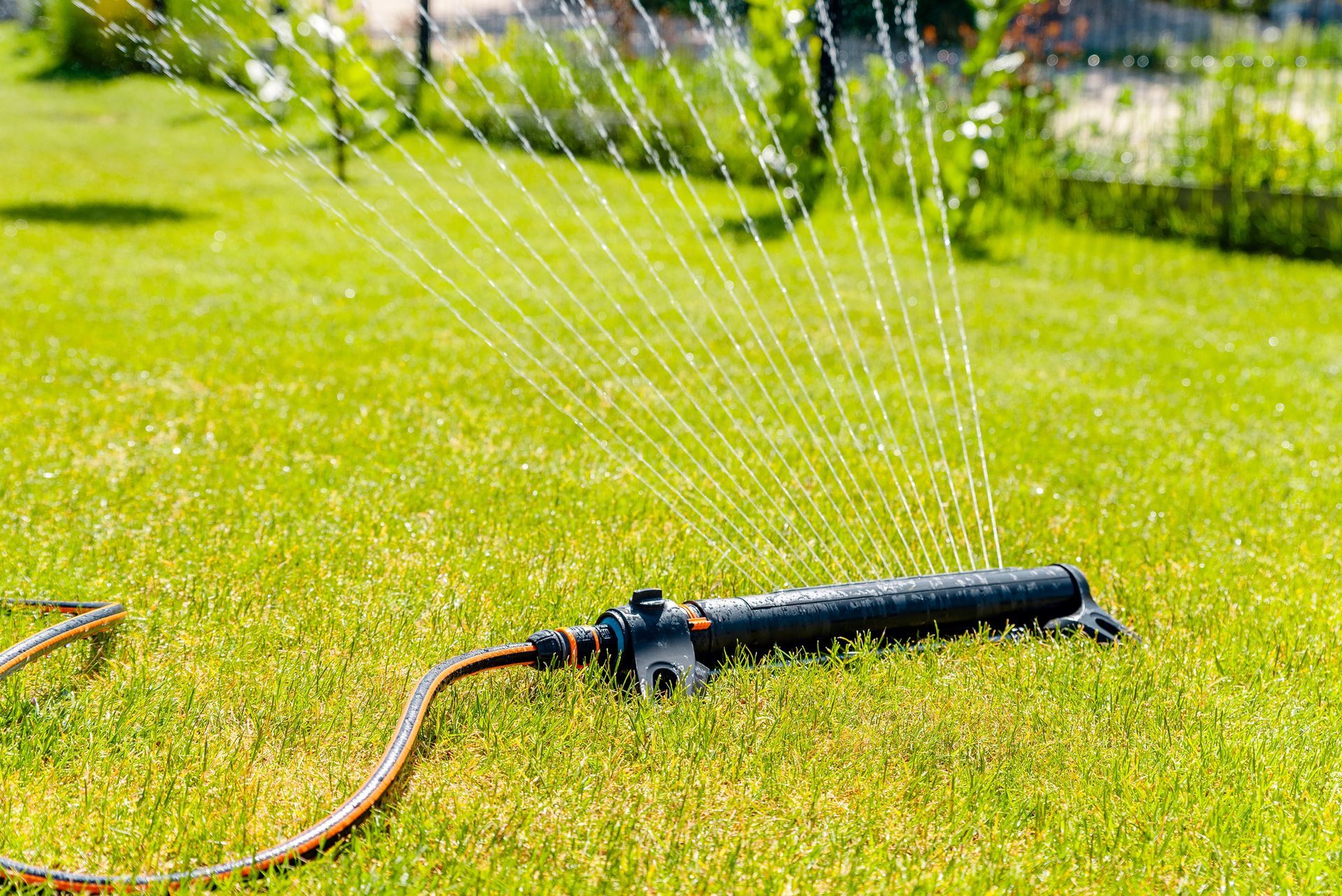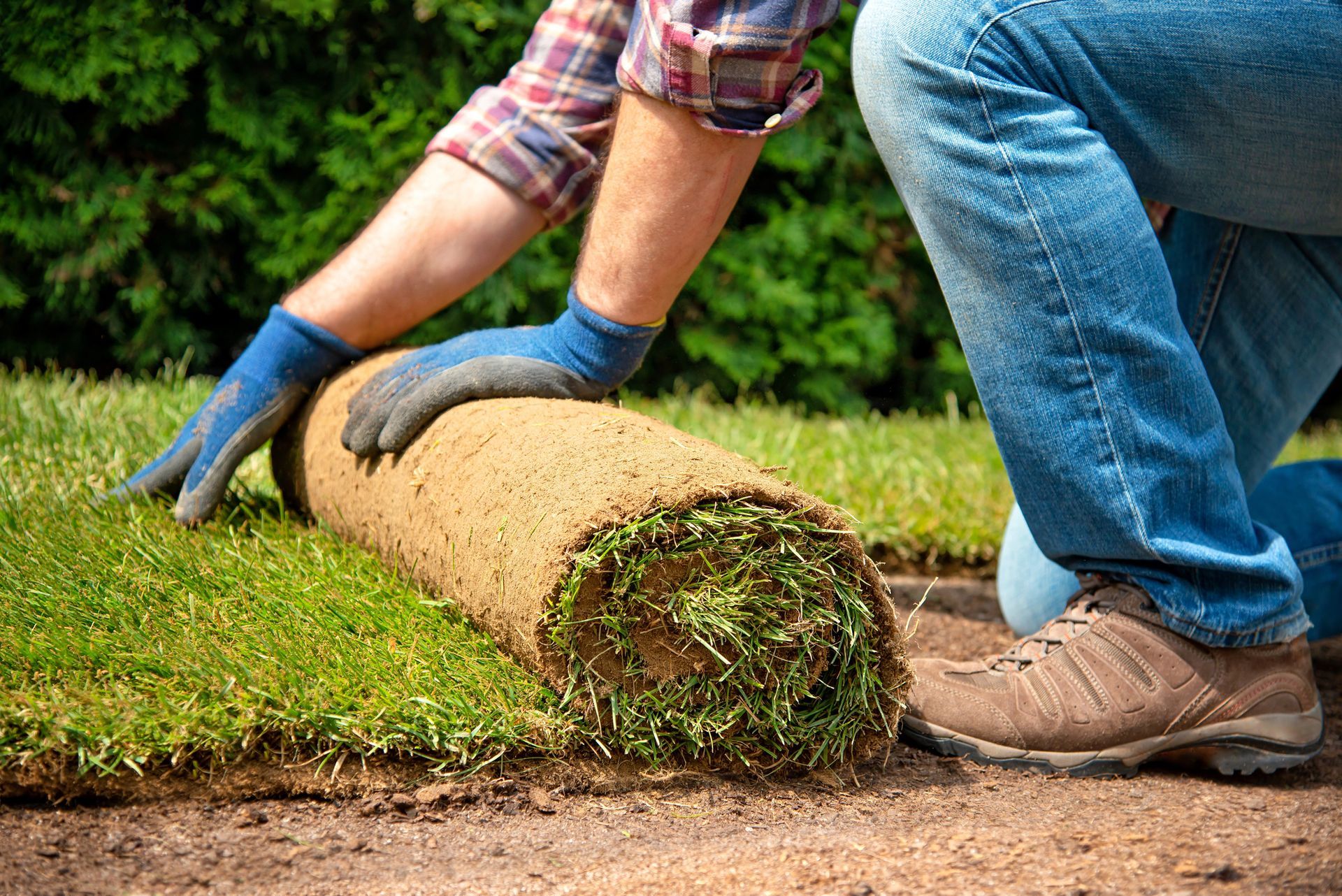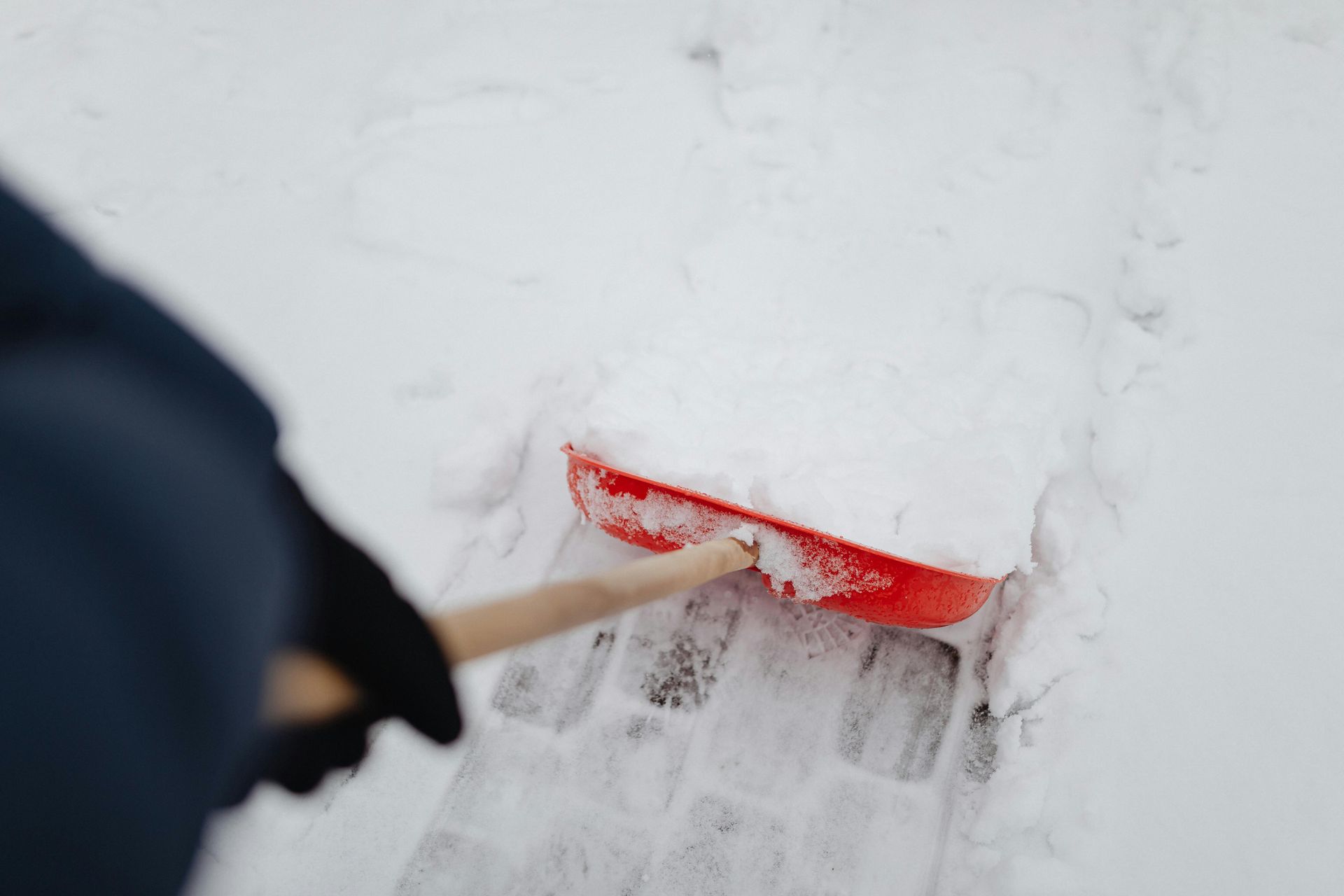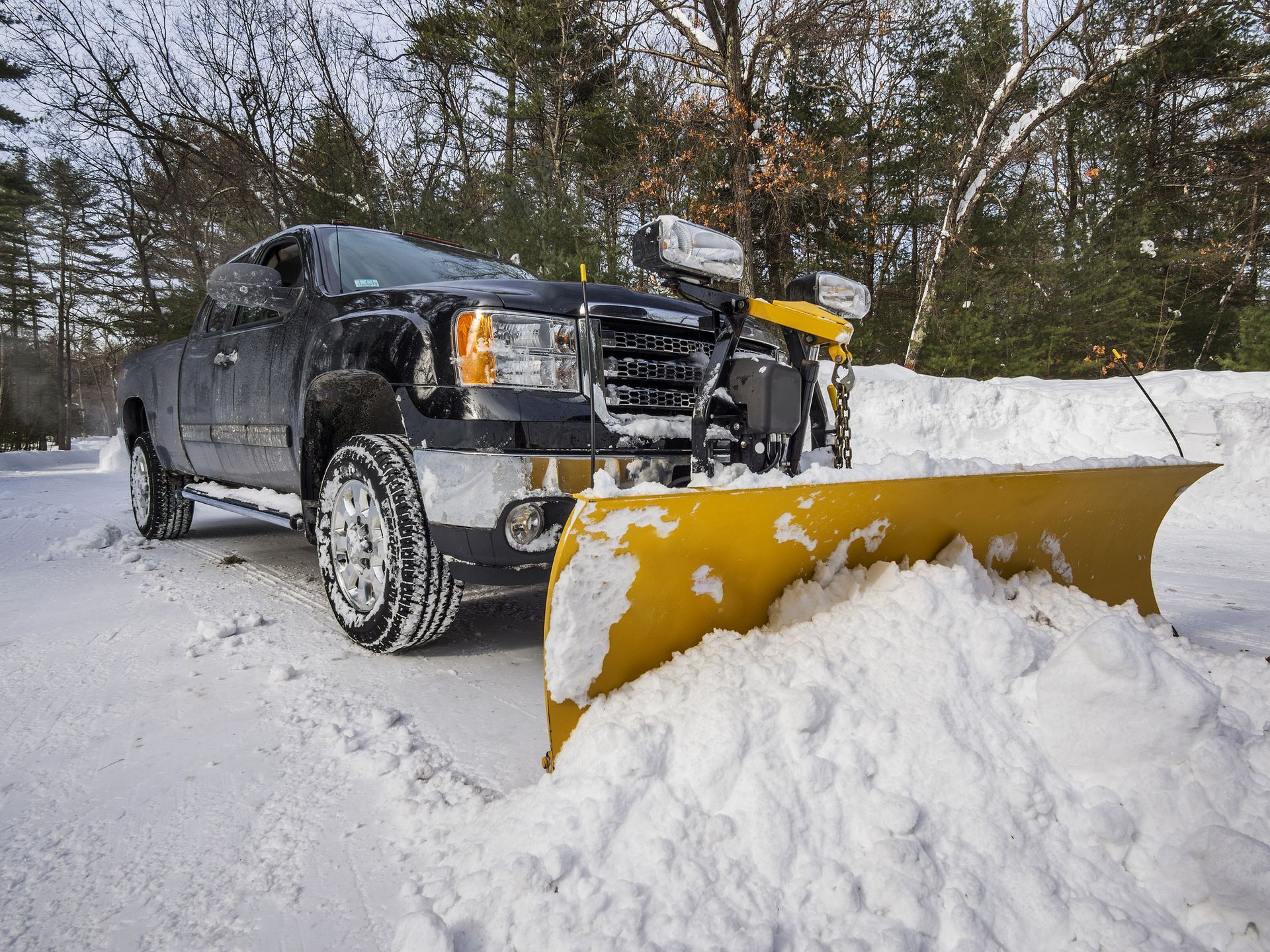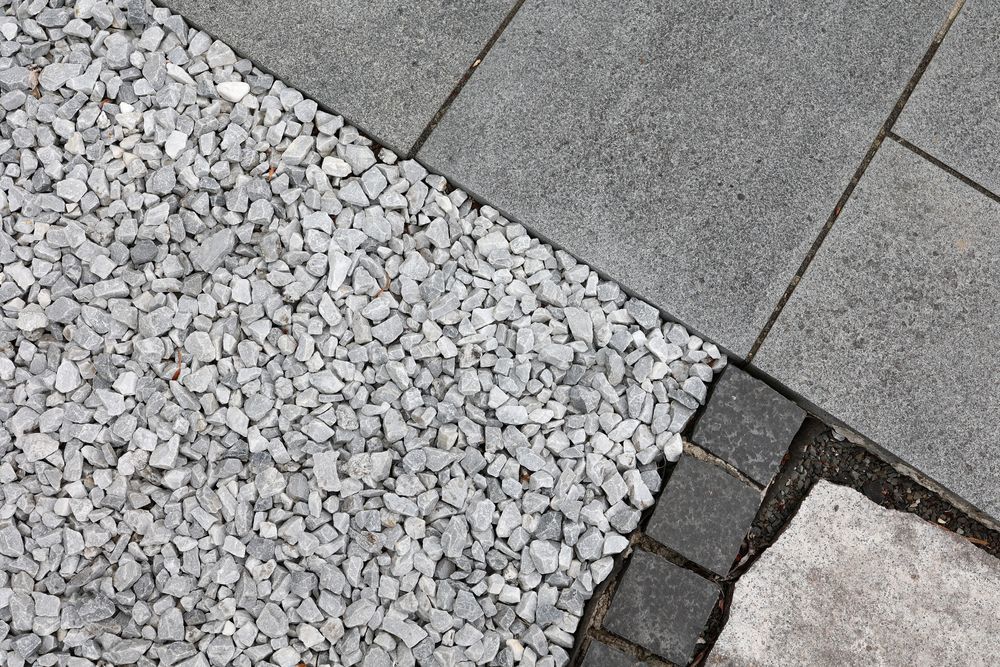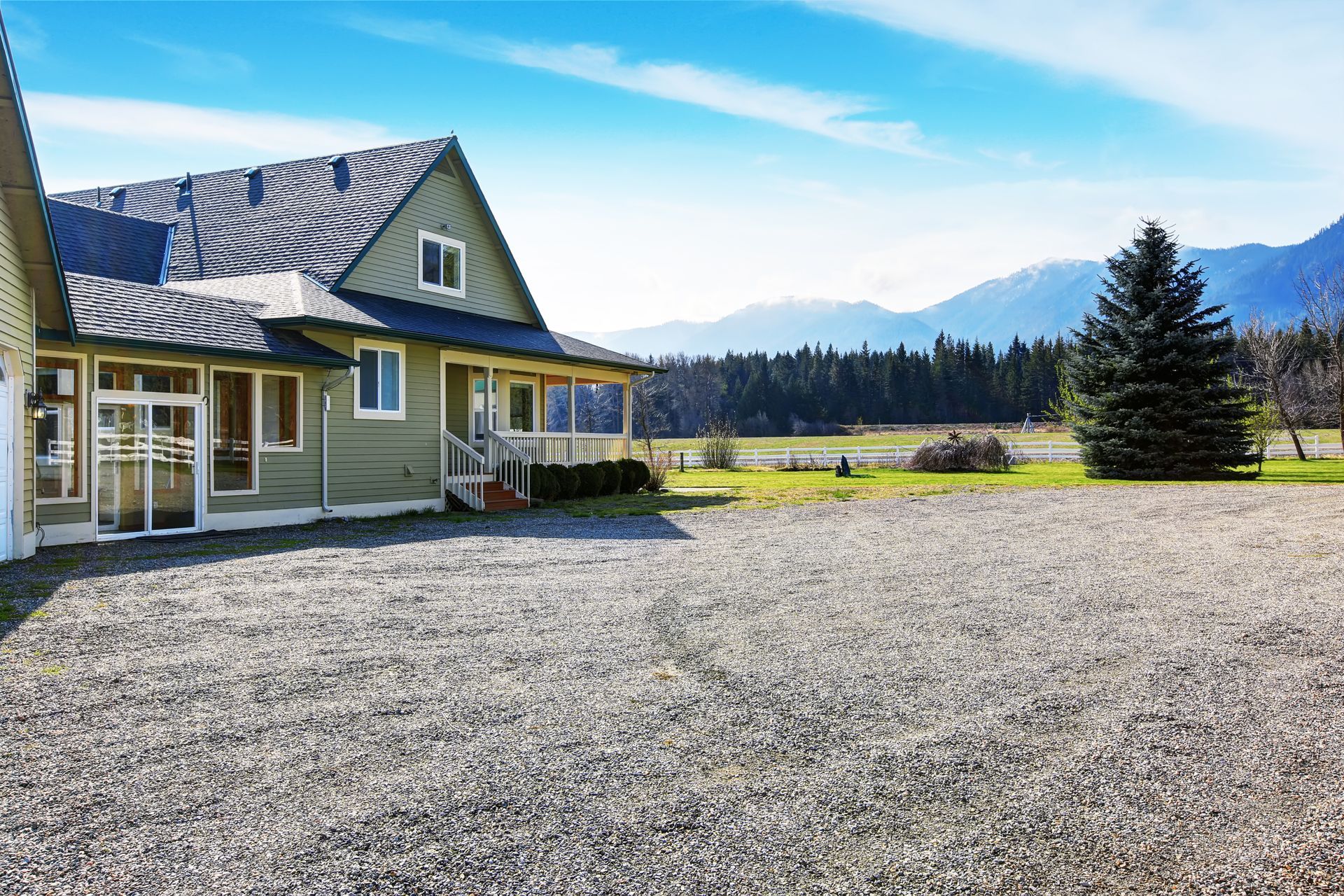The Benefits of Aeration and When to Do It
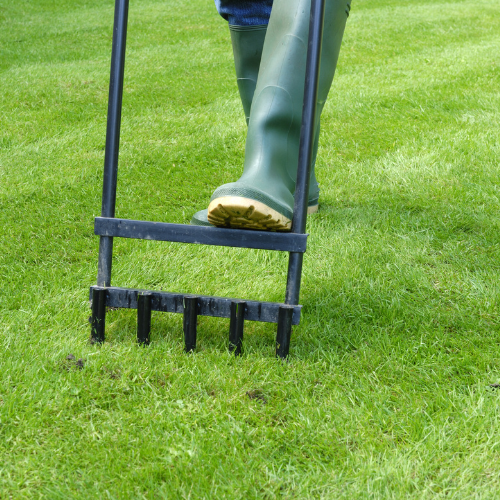
A healthy, lush lawn doesn’t happen by accident—it requires the right care and maintenance. One of the most effective ways to promote strong, vibrant grass is through aeration. But what exactly is aeration, why is it important, and when should you do it? Let’s break it down.
What is Lawn Aeration?
Lawn aeration is the process of creating small holes in the soil to allow air, water, and nutrients to penetrate deeper into the root zone. Over time, soil can become compacted due to foot traffic, heavy lawn equipment, and natural settling. Compacted soil makes it difficult for grass roots to access the essential elements they need to thrive. Aeration alleviates this compaction, promoting healthier root growth and improving overall lawn health.
The Key Benefits of Aeration
- Enhanced Nutrient Absorption – Aeration allows essential nutrients, water, and oxygen to reach the root system more effectively, leading to stronger, healthier grass.
- Reduced Soil Compaction – Frequent use of your lawn—whether from kids playing, pets running, or regular mowing—can lead to compacted soil. Aeration helps break up this compaction, allowing roots to grow freely.
- Improved Root Development – Deep, well-developed roots are key to a resilient and drought-resistant lawn. Aeration encourages roots to expand deeper into the soil.
- Thatch Reduction – Thatch is a layer of dead grass and organic matter that can build up on your lawn, blocking water and nutrients. Aeration helps break down thatch, improving soil structure.
- Stronger, More Resilient Grass – With better access to nutrients and oxygen, your lawn will be greener, thicker, and better able to withstand stressors like heat, drought, and heavy use.
When is the Best Time to Aerate Your Lawn?
Timing is crucial when it comes to aeration. The best time to aerate depends on the type of grass you have:
- Cool-Season Grasses (Kentucky Bluegrass, Fescue, Ryegrass): Aerate in early spring or early fall when the grass is actively growing.
- Warm-Season Grasses (Bermuda, Zoysia, St. Augustine): Aerate in late spring or early summer when the grass is in peak growing season (These varieties are not common to see in Alberta).
In Southern Alberta, because of our soil type, we recommend aeration be done at most once a year for most lawns. If you have installed new sod or grass seed recently, it is recommended that you wait around 2 years before aerating it for the first time.
If you notice water pooling on the surface, thinning grass, or difficulty inserting a screwdriver into the soil, it’s a good indication that your lawn could use aeration.
How to Aerate Your Lawn
Aeration can be done using either a spike aerator (which creates holes by pushing spikes into the soil) or a core aerator (which removes small plugs of soil). Core aeration is the most effective method for reducing compaction and improving soil health. If you’re not sure how or when to aerate, hiring a professional lawn care service can ensure the job is done right.
Final Thoughts
Aeration is a simple but highly effective way to keep your lawn healthy, resilient, and beautiful. By aerating at the right time and following up with proper watering and fertilization, you’ll enjoy a greener, thicker lawn that stands up to the elements. If you’re ready to give your lawn a boost, consider scheduling an aeration service this season!
Need help with aeration? Scott’s Sod offers professional aeration services to keep your lawn in top shape. Contact us today to book your service!

